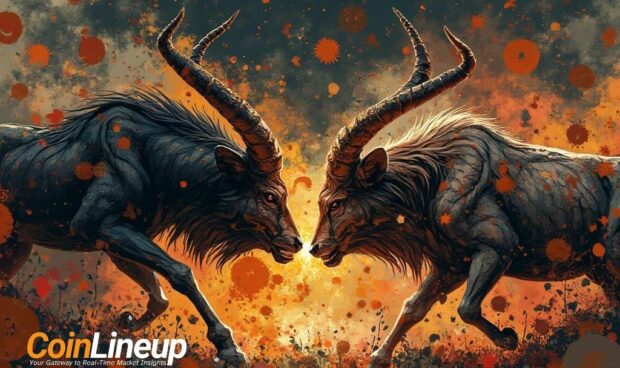Ethereum Whales Are Selling—So Why Is the Price Still Up?
Something odd is happening with Ethereum. Even as the price hovers near its yearly high around $3,900, the biggest ETH holders—those top 100 whale wallets—have been quietly trimming their stakes. Since May, they’ve dumped roughly 2.9 million ETH, dropping their share of the total supply from 22% to just under 20%.
Normally, that kind of sell-off would send prices tumbling. But ETH has held strong, even pushing past $3,800 recently. If it manages to break through the stubborn $4,000 resistance level, some traders think it could sprint toward $4,050 or higher. Then again, if it stalls below $3,920, a dip back to $3,700 isn’t out of the question.
So why aren’t prices reacting to the whale exodus? Maybe smaller investors are stepping in to soak up the supply. Or perhaps the whales aren’t actually bearish—just reshuffling their portfolios. Either way, it’s a weird disconnect.
Cardano Whales Are Doing the Exact Opposite
Over in Cardano land, the big players are sending a very different signal. The top 100 ADA wallets have been steadily accumulating more tokens, almost like they’re stocking up for something. It’s not a frantic buying spree—just consistent, quiet additions.
That kind of behavior usually suggests long-term confidence. Right now, ADA’s price is sitting around $0.83, down a bit from recent highs. But the $0.65–$0.66 zone has turned into solid support, with buyers jumping in whenever it gets close. If that holds, the next targets could be $1 or even $1.20. And if the momentum keeps building? Some are eyeing $2.60 as a distant possibility.
What’s Really Going On Here?
At first glance, it looks like Ethereum’s whales are cashing out while Cardano’s are doubling down. But crypto markets are never that simple. ETH’s price resilience despite the sell-off could mean fresh demand is outweighing the whale exits. Or maybe the whales know something we don’t—like an impending shift in the market.
As for Cardano, the accumulation trend is interesting, but it doesn’t guarantee a price surge. Big wallets can afford to wait years for their bets to pay off. Retail traders? Not so much.
One thing’s clear: the whales aren’t all moving in the same direction. And that makes the next few weeks worth watching.
![]()



